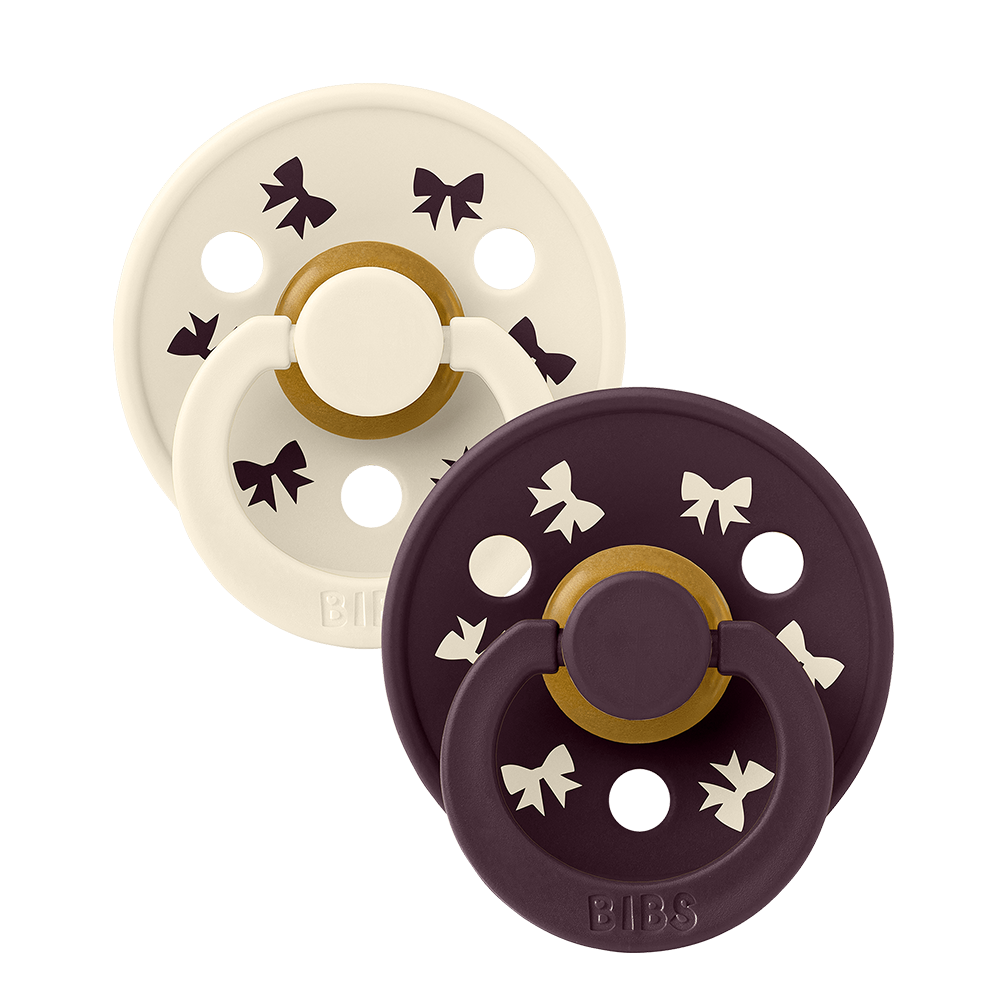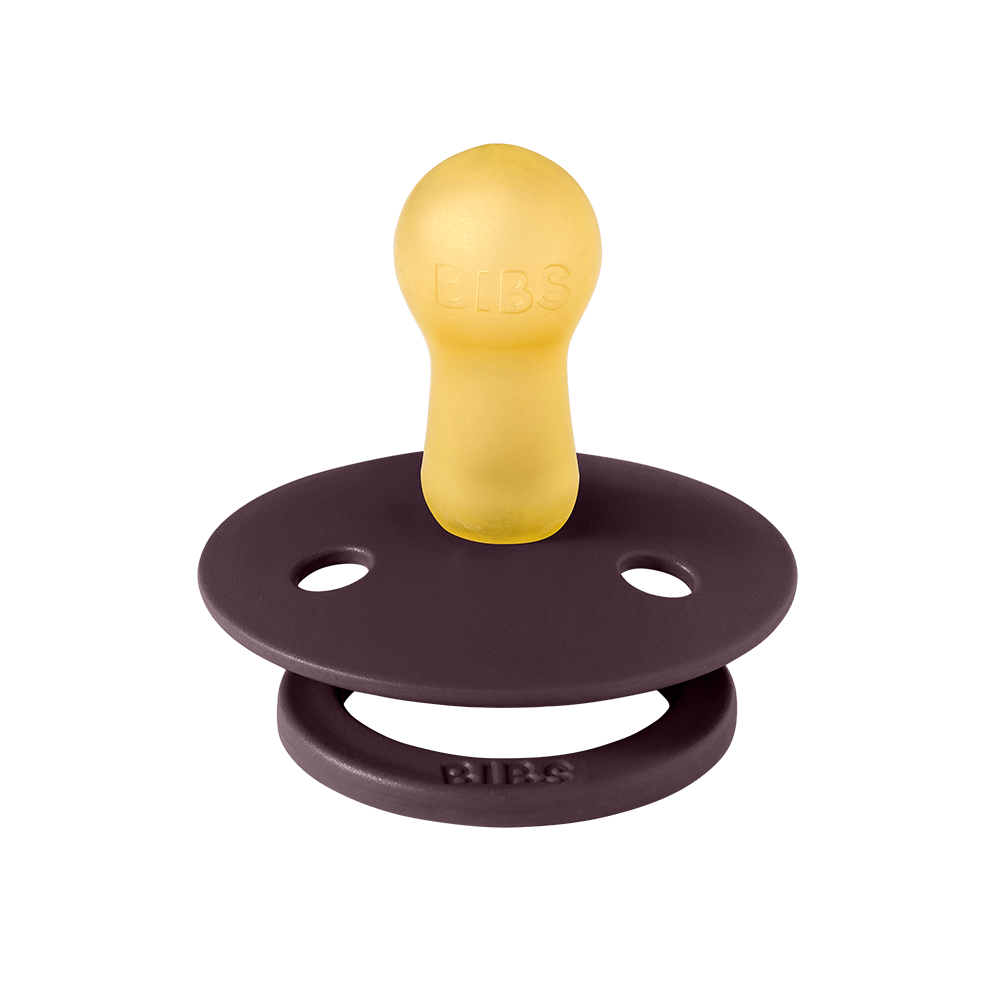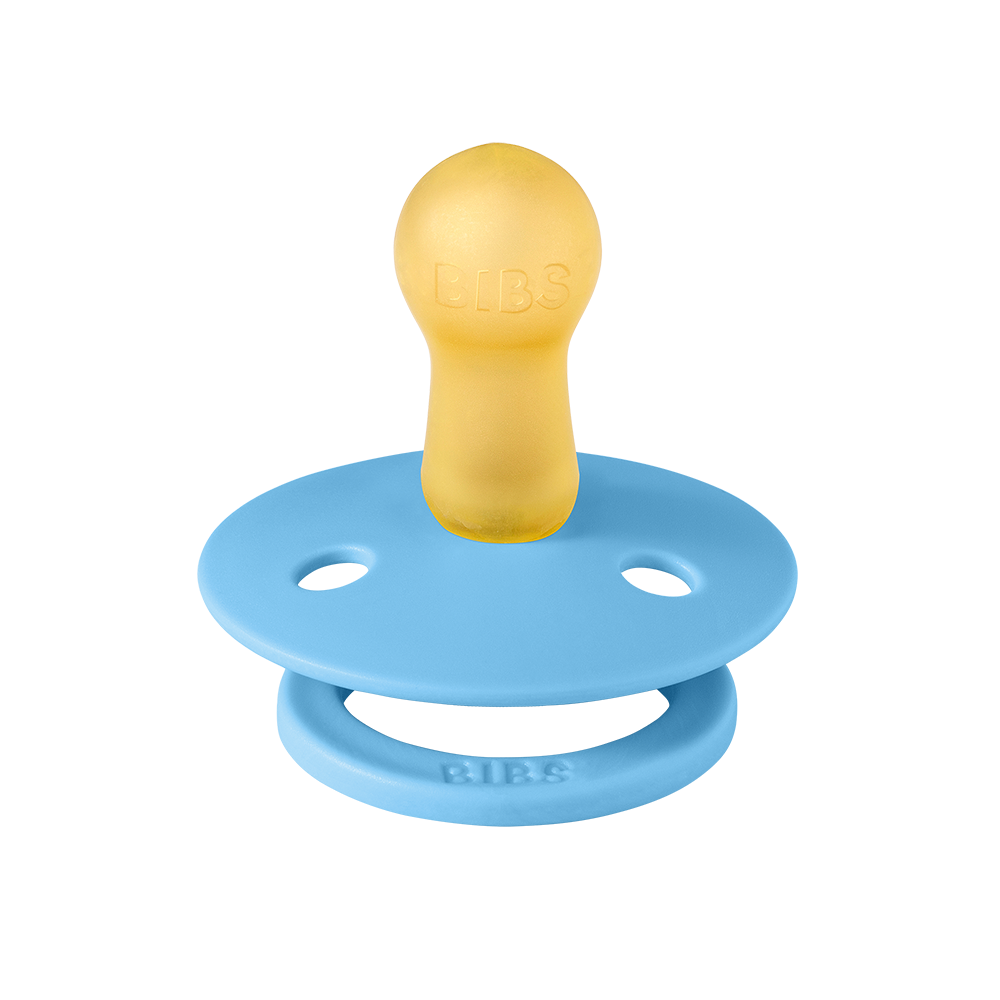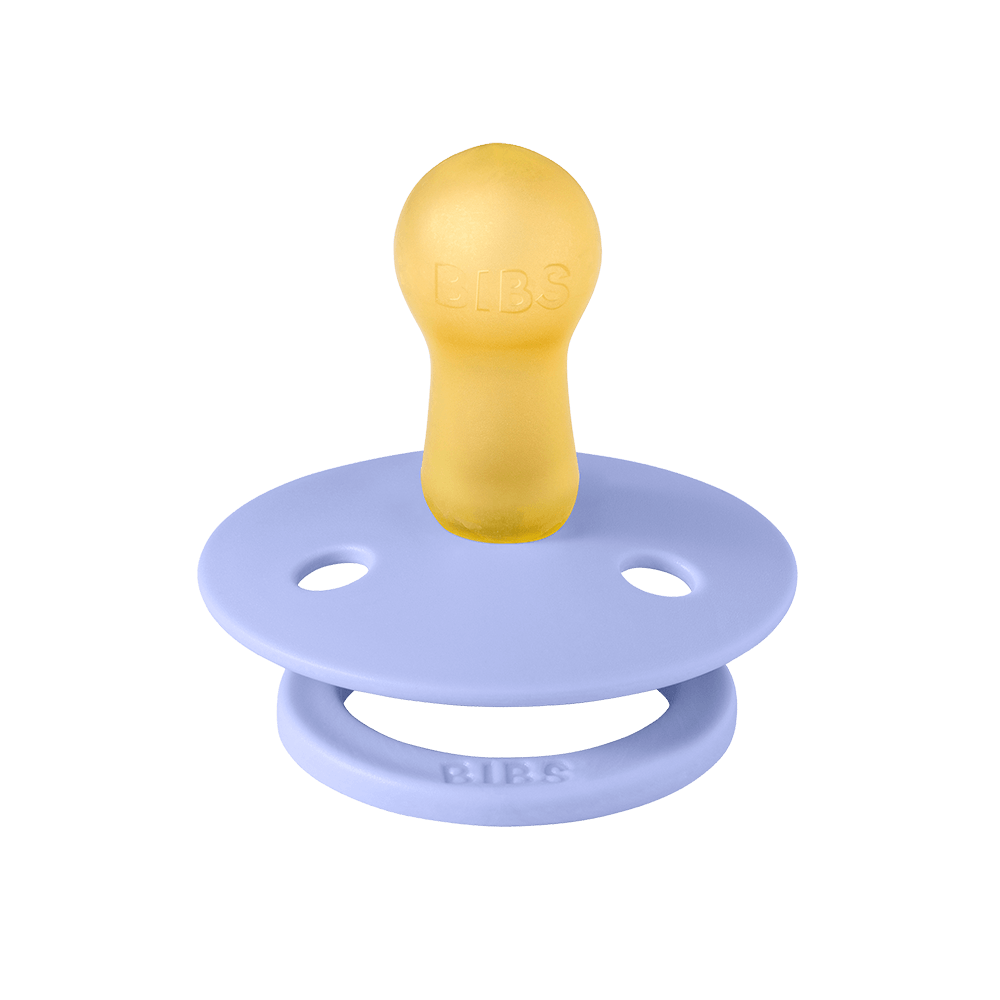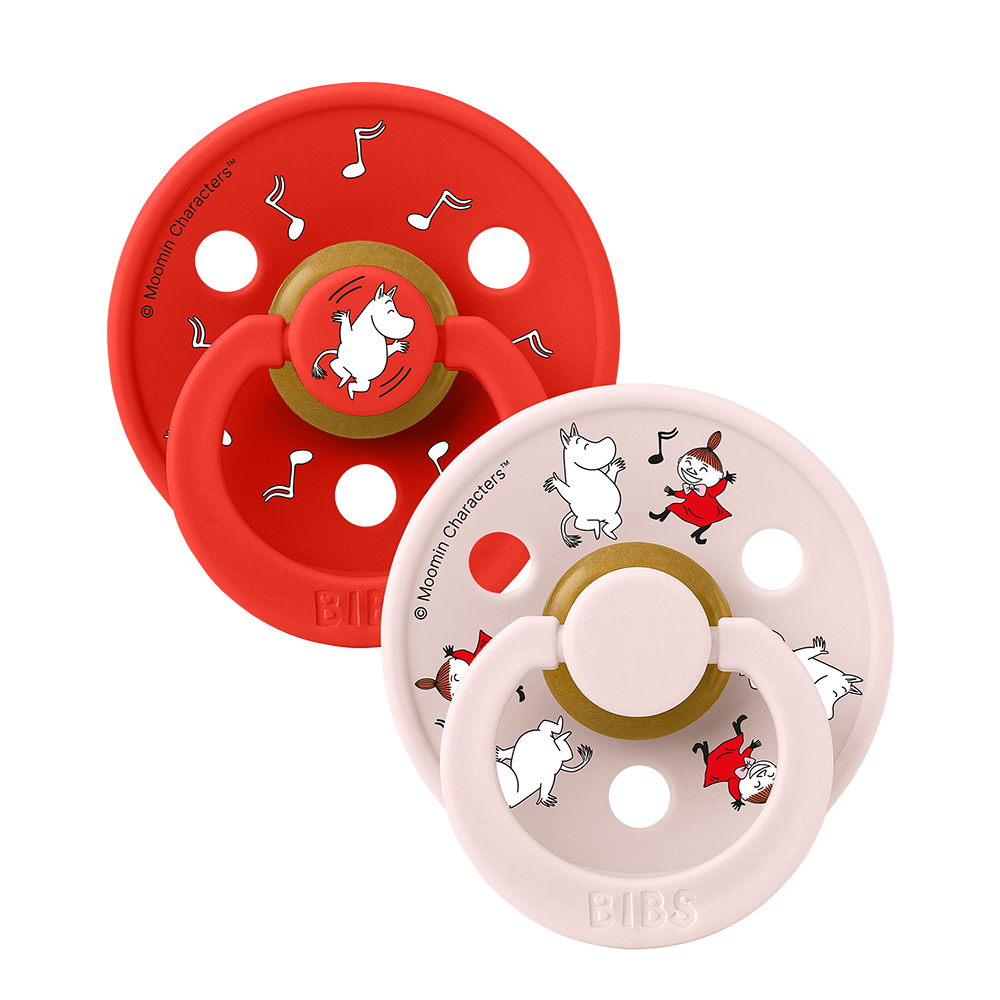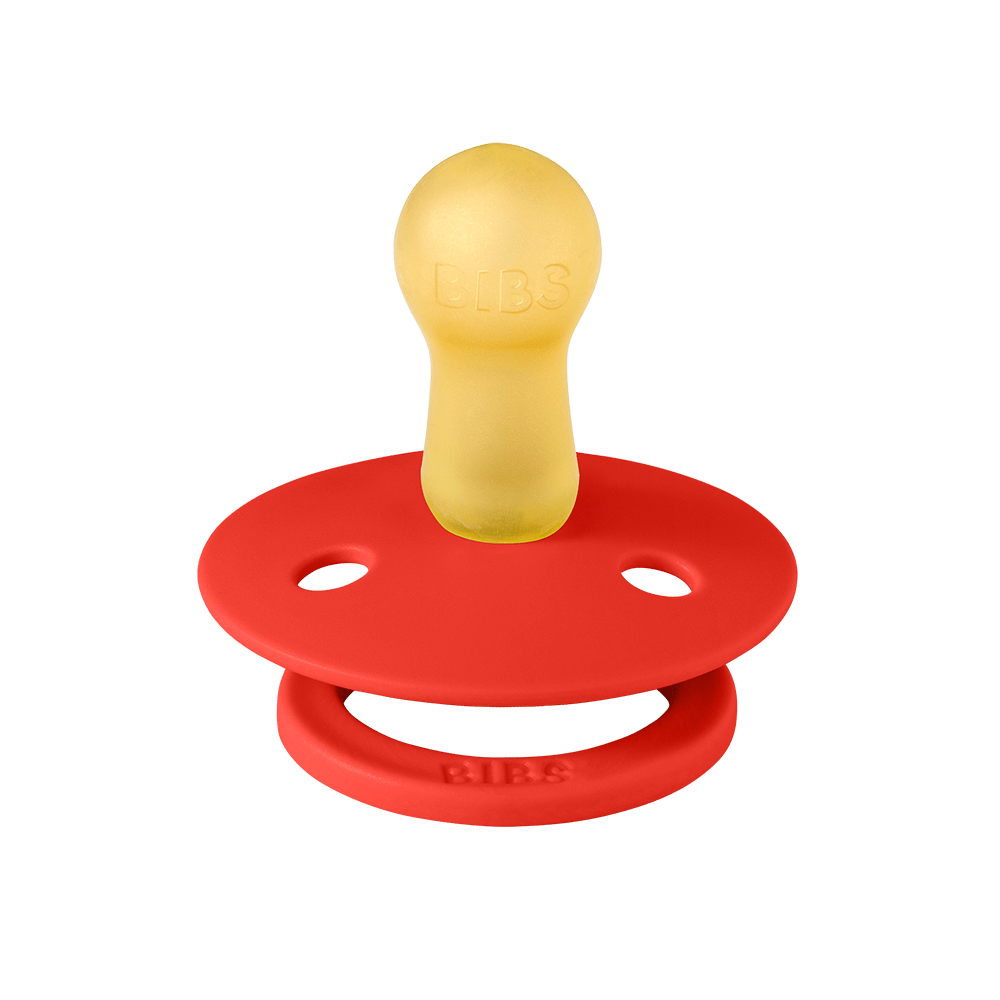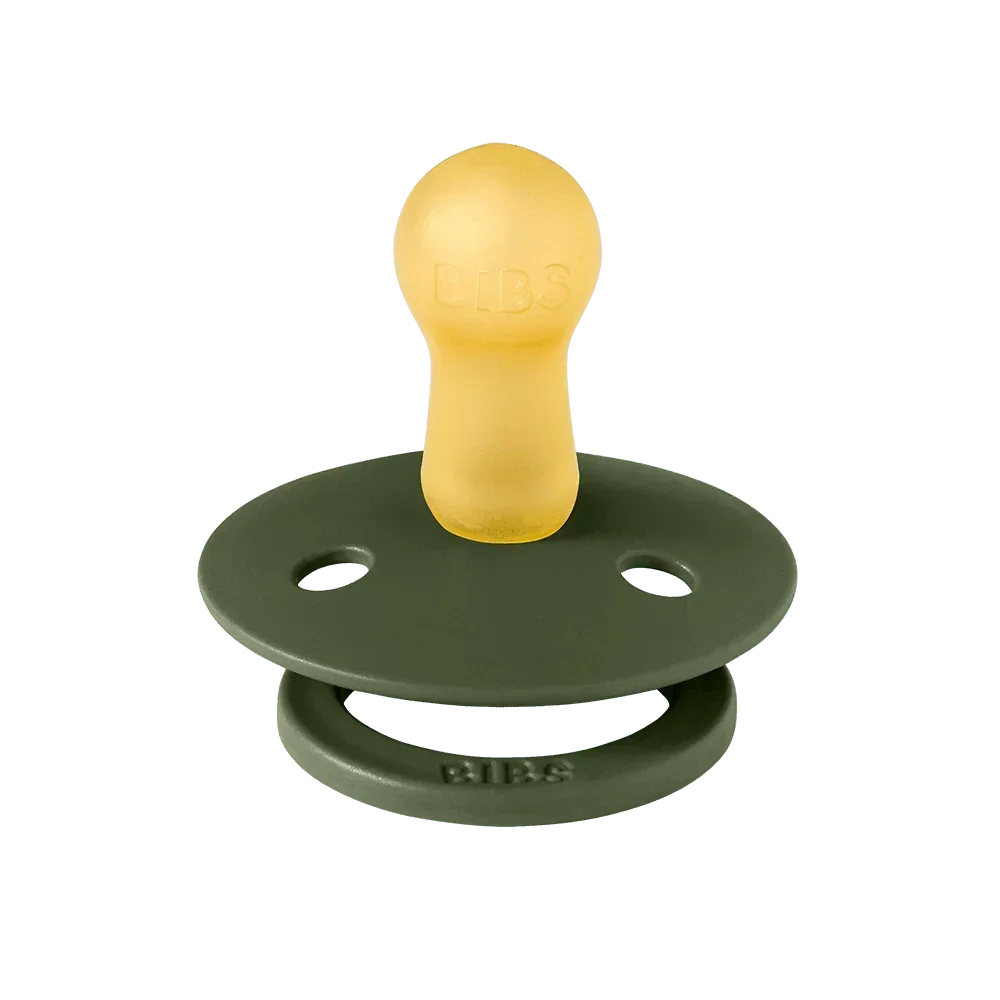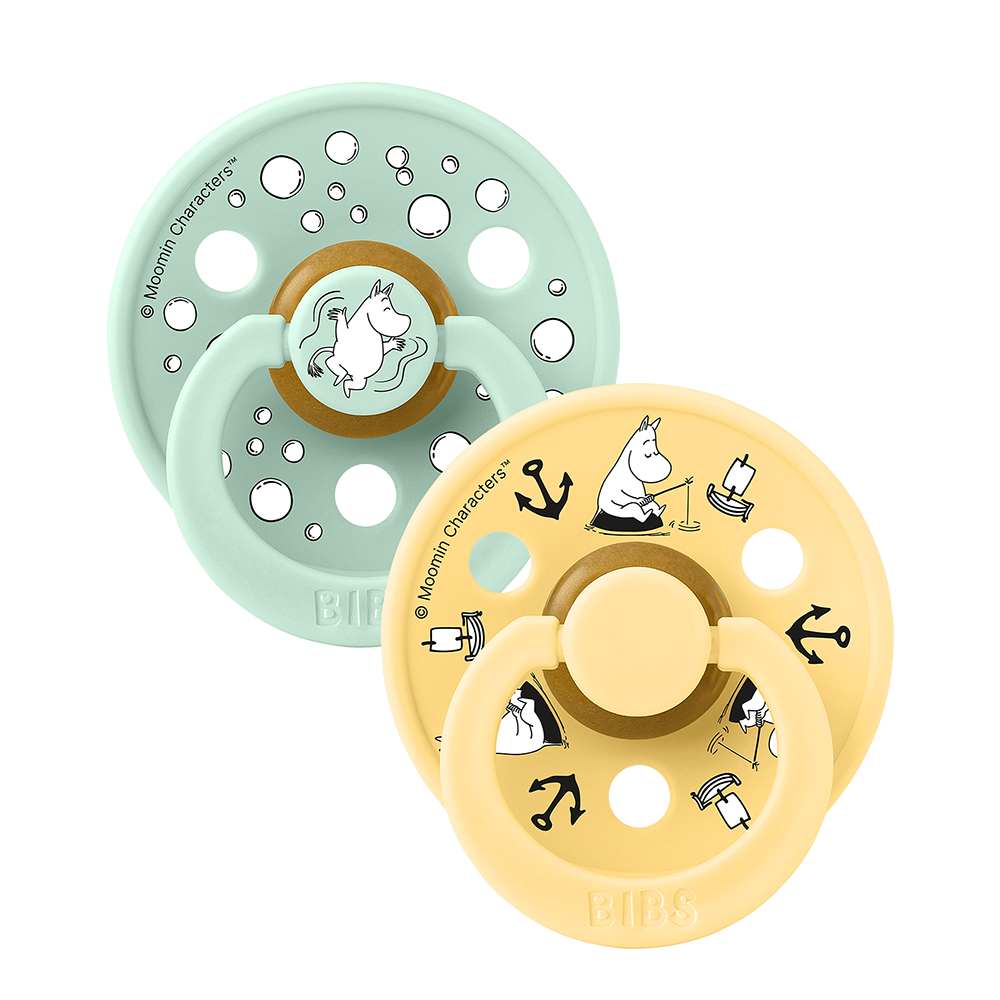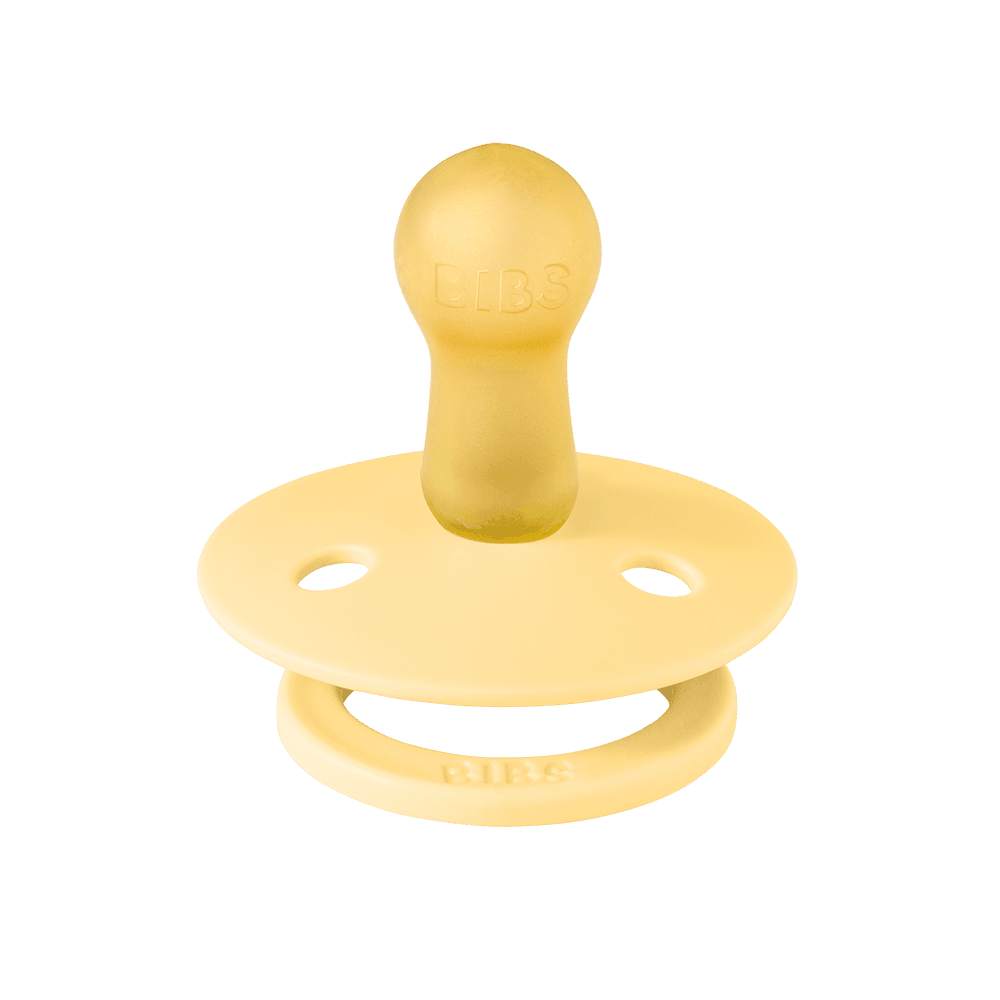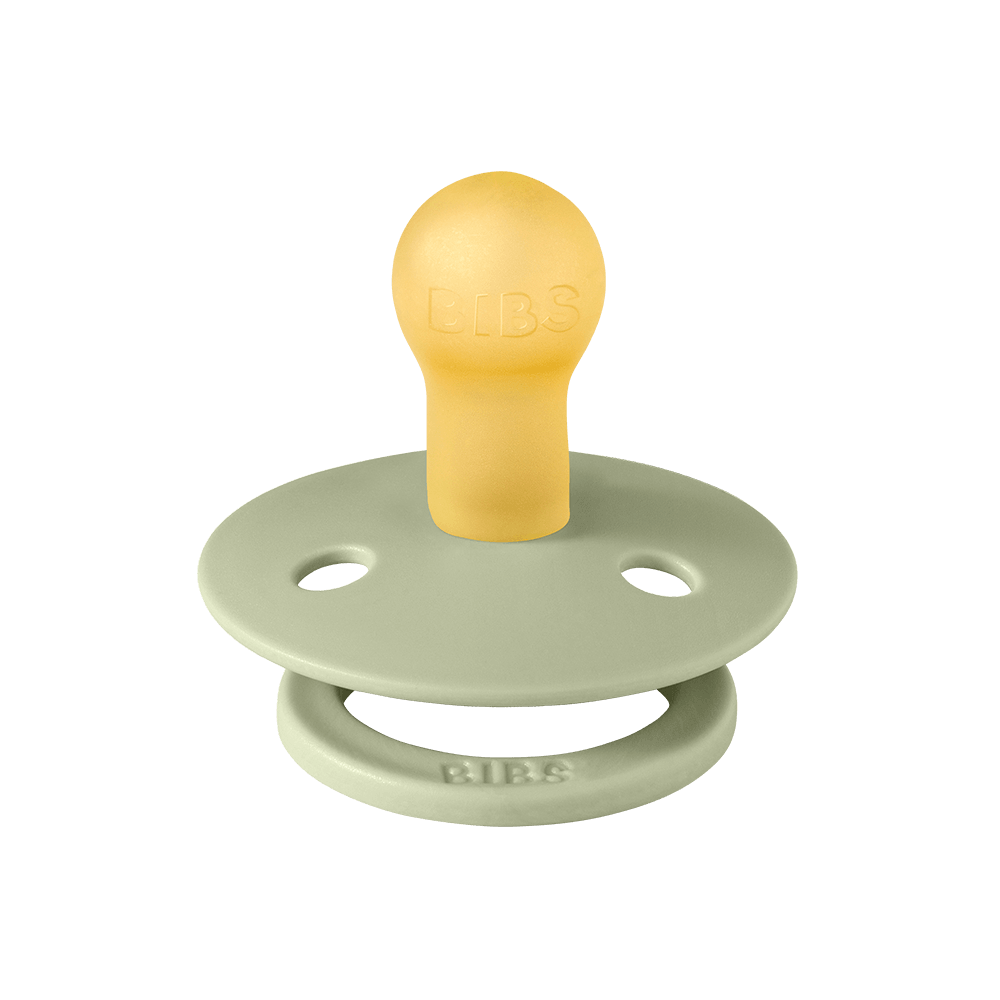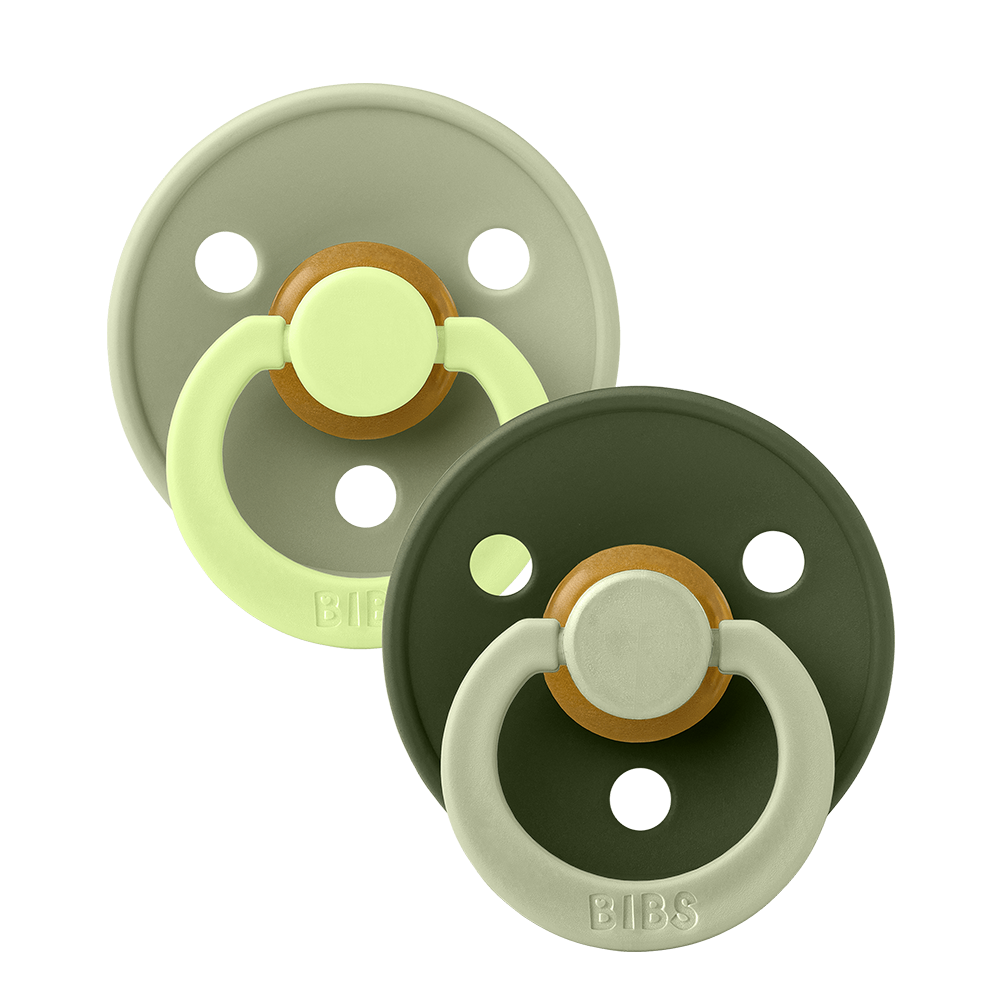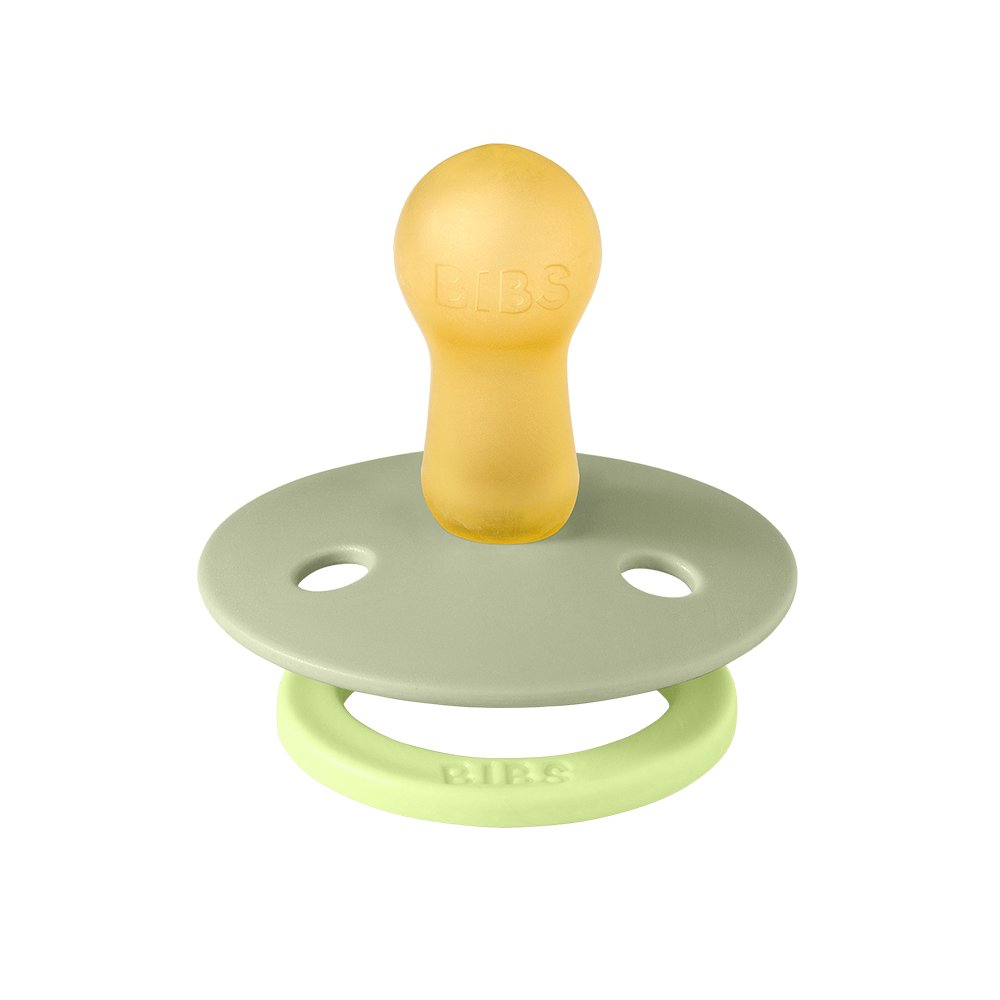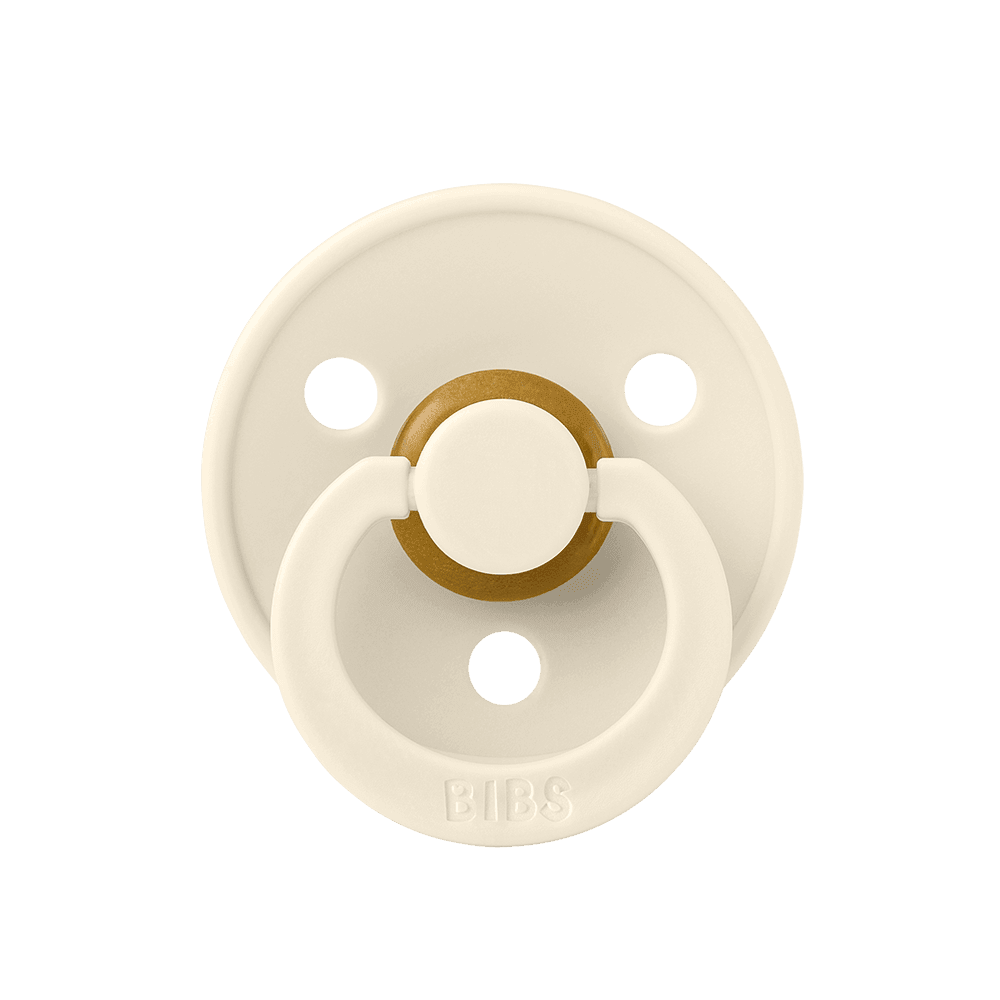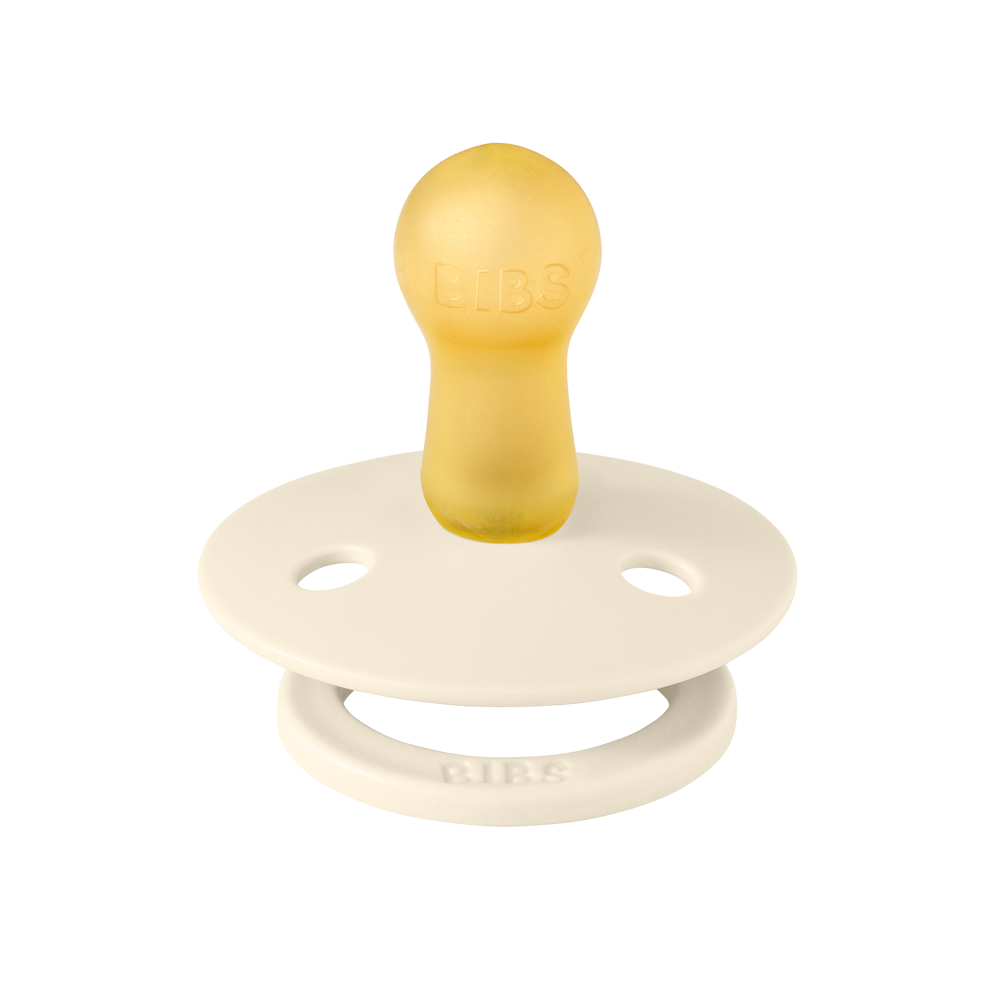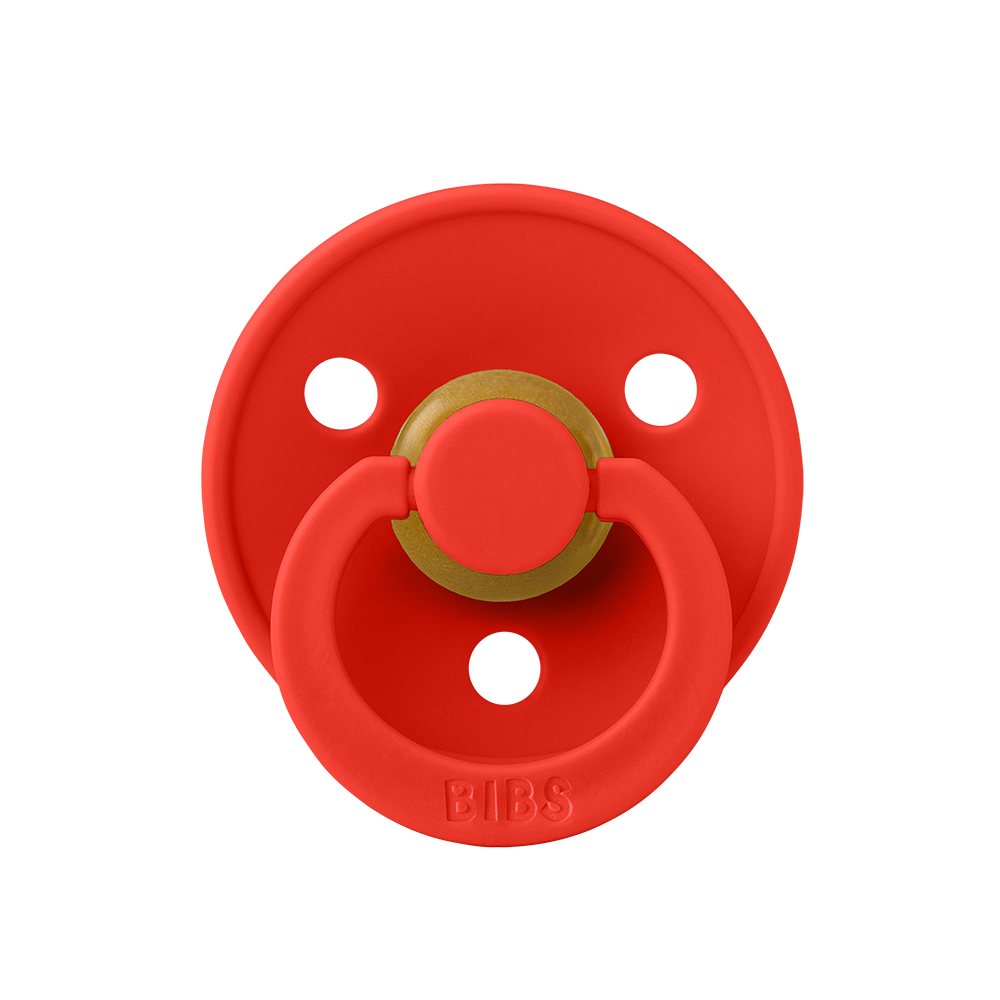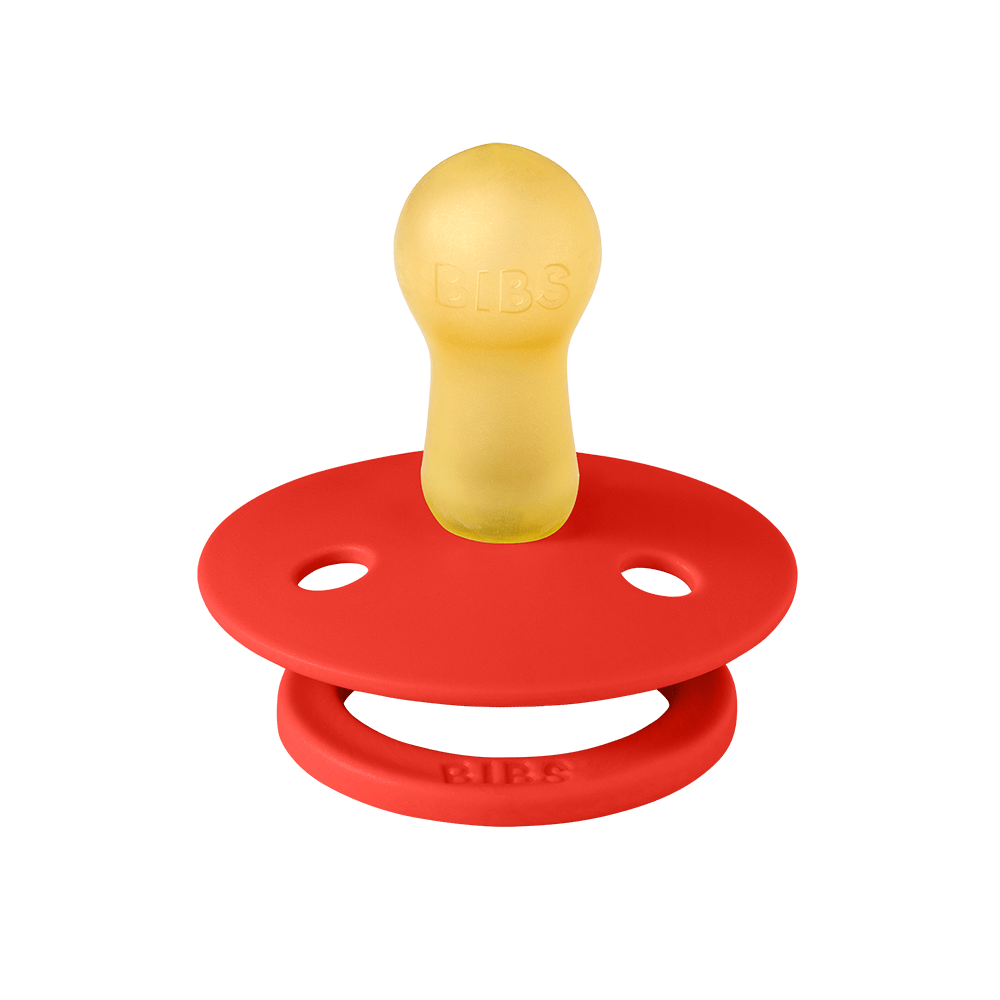
Health authorities* around the world collectively recommend that newborns always sleep on their backs to reduce the risk of Sudden Infant Death Syndrome (SIDS). This is the safest sleep position for newborns and is recommended for all babies up to at least one year of age. While this is important for overall infant health, it can also contribute to Flat Head Syndrome.
What is Flat Head Syndrome?
Flat Head Syndrome is a condition that occurs when a baby's head becomes misshapen due to pressure on certain areas of the skull. It is most commonly seen in infants who are placed on their backs for extended periods of time, such as during sleep or while being transported in a car seat.
Flat Head Syndrome can cause the head to have an asymmetrical shape and may also cause a misalignment of the eyes, ears, and facial features. Flat Head Syndrome is more common in babies who are born prematurely or who have conditions that make it difficult for them to move their head freely.
How to avoid Flat Head Syndrome
Flat Head Syndrome is a common and easily preventable condition, and there are a few simple steps that parents can take to help avoid it. By following these simple steps, parents can help prevent Flat Head Syndrome and ensure that their infant's head develops properly.
1. Change your baby’s head position
Alternate the direction your baby's head is facing each time you place them down to sleep. If your baby has a "favorite side" and always sleeps with their head stuck to one side, gently turn your baby's head to different positions while they are sleeping. Thus, the same "pressure" is created on both sides of the head, and you avoid that it is just one side that is exposed to pressure
2. Avoid soft surfaces
Use a firm, flat surface for your baby to sleep on, such as a crib or bassinet. Avoid using soft surfaces, such as a pillow or plush blanket, as these can cause your baby's head to sink into them and increase the pressure on their head
3. Supervised tummy time
Encourage your baby to spend time on their stomach when they are awake and supervised. This also helps strengthen their neck muscles.
4. Avoid one position for too long
Avoid letting your baby sit in car seats, carriers, and baby bouncers for extended periods of time, as these positions can also put pressure on the back of the head.
5. Use a flat head prevention device
There are special devices available that can help prevent Flat Head Syndrome. However, it is important to speak with a healthcare professional before using any of these devices.
It is important to remember that flat head syndrome is generally a temporary condition that can be corrected with a few simple precautions. If you are concerned about your baby's head shape or have any other questions, it is always a good idea to consult with a healthcare professional for advice. They can provide guidance on how to prevent Flat Head Syndrome and can also recommend treatment options if necessary.
*Sources:
- The American Academy of Pediatrics (AAP)
American Academy of Pediatrics, Task Force on Sudden Infant Death Syndrome. (2005). The changing concept of sudden infant death syndrome: Diagnostic coding shifts, controversies regarding the sleeping environment, and new variables to consider in reducing risk. Pediatrics, 116 (5), 1245–1255. - U.S. Department of health and human services: https://www.nichd.nih.gov/sites/default/files/publications/pubs/documents/SIDS_QA-508-rev.pdf
- Danish Health Authority: https://www.sst.dk/-/media/Udgivelser/2014/Publ2014/01jan/Prevent-cot-death,-d-,pdf.ashx
